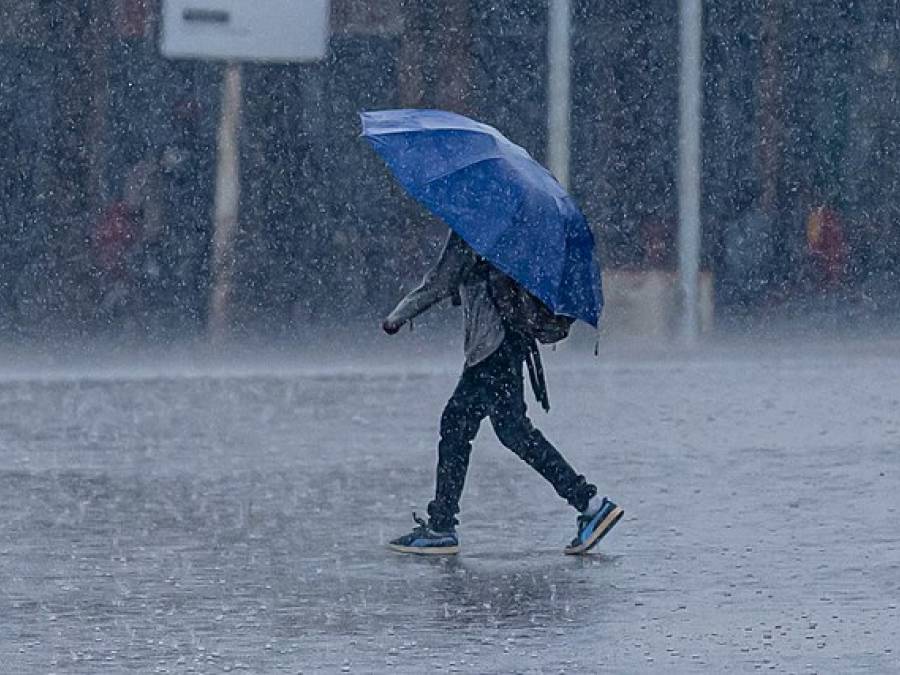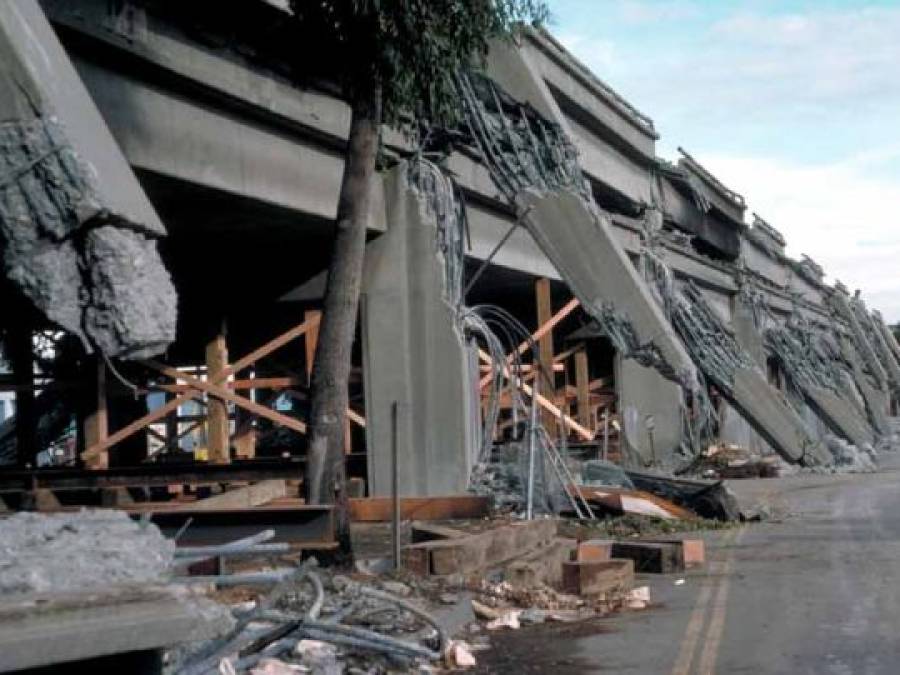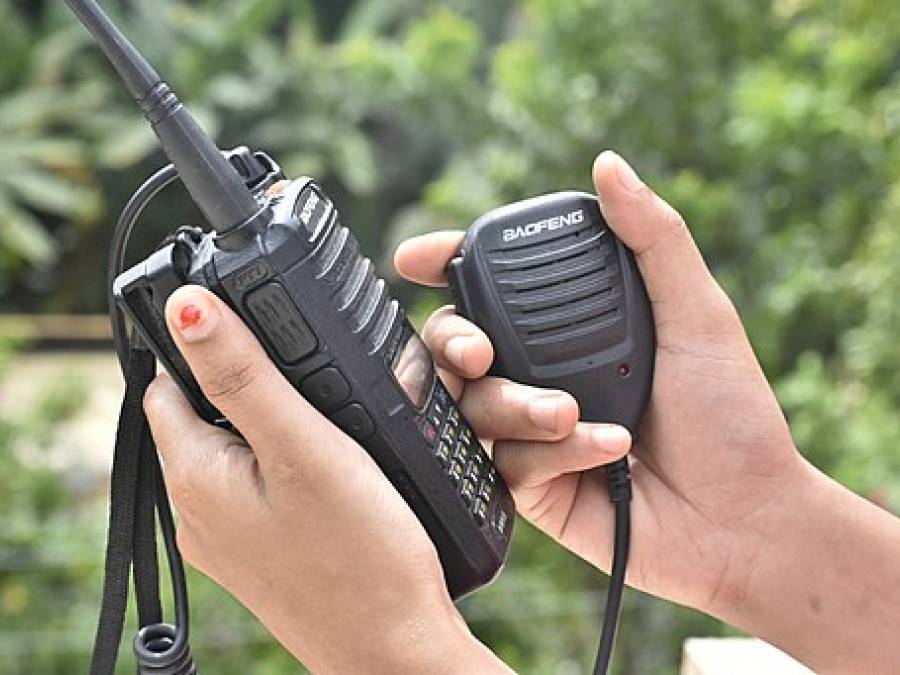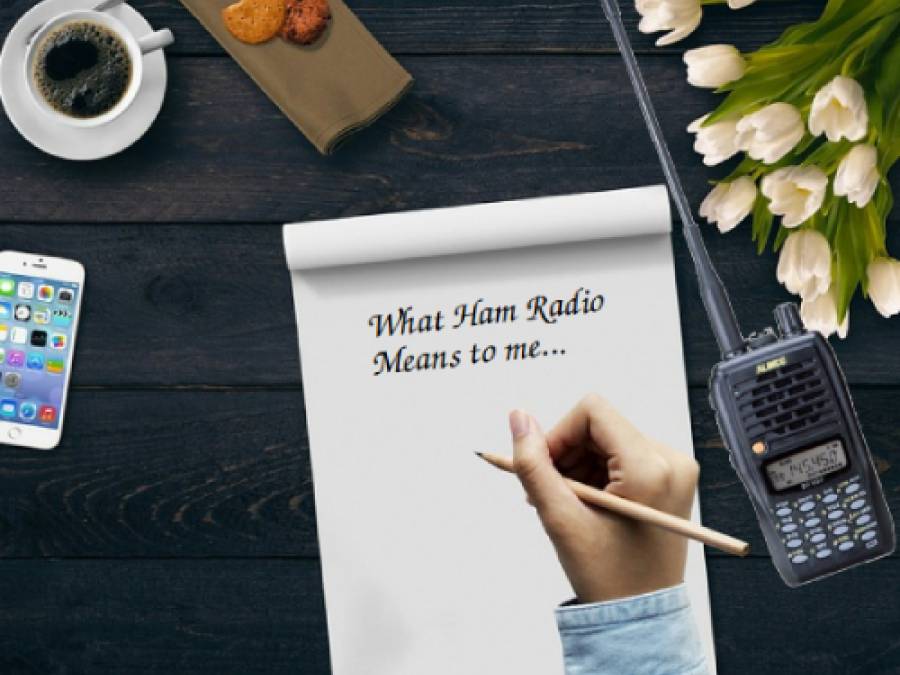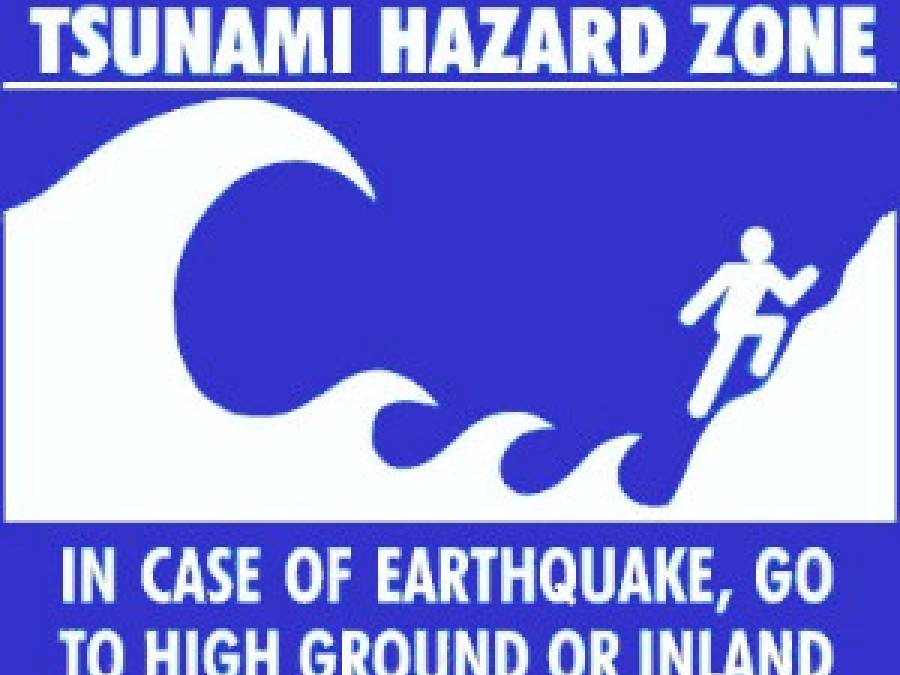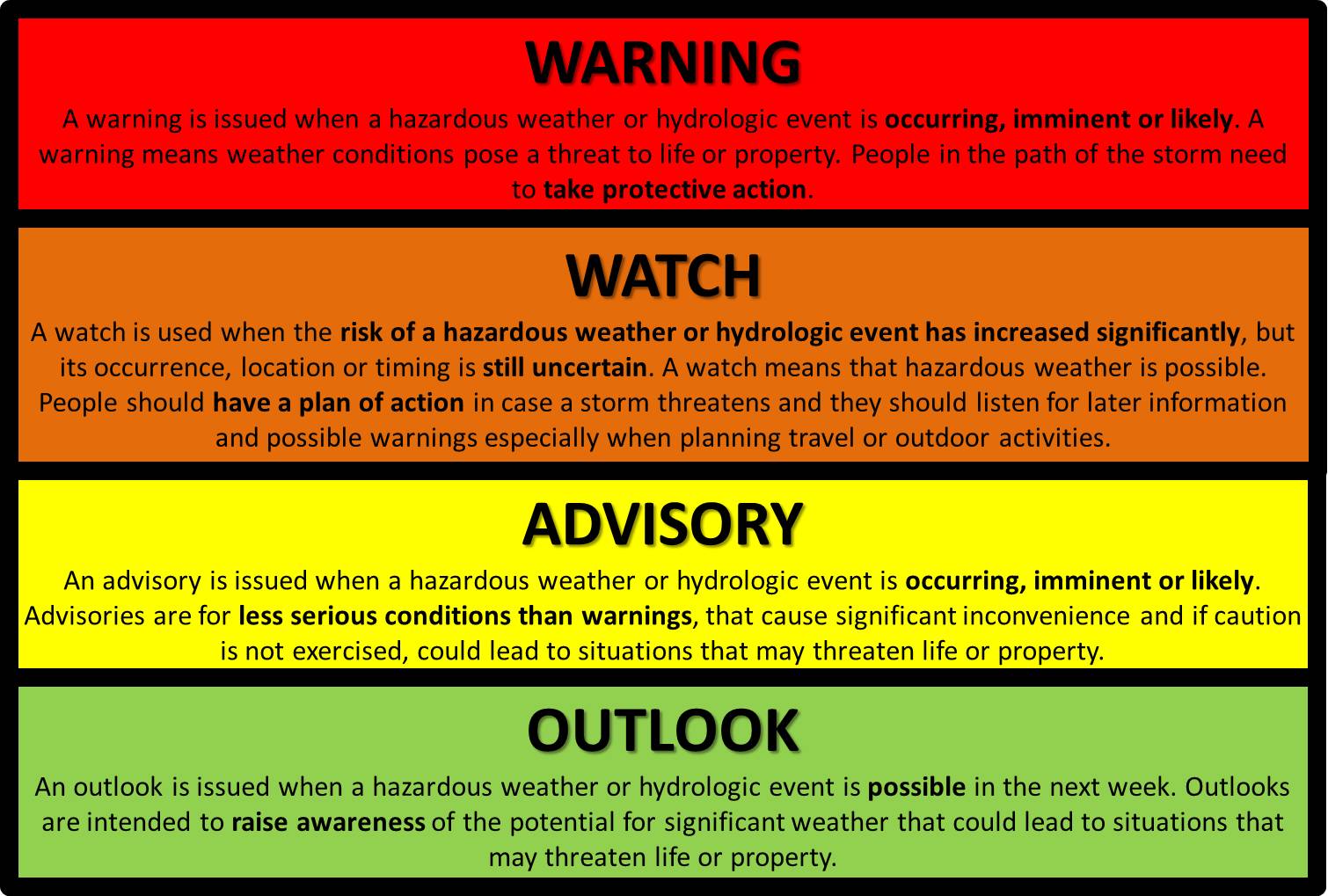Martians landed in Oregon Saturday, causing local county officials to activate Emergency Operation Centers across the state.
That was the premise for the training exercise, which gave local emergency leaders an opportunity to practice for crucial radio communications when other modes aren't sufficient.
As in the December 2007 hurricane here, military and police radio systems were knocked out by electrical failures. Even the Internet, landlines and cellphones wouldn't work. Roads were blocked with no way for crews to communicate with each other, and even the Red Cross couldn't know where the needs were.
So, once again, it was up to local licensed amateur radio operators - aka "hams" - to get the word out using battery-operated gadgets.
Saturday's statewide training event was dubbed "Mars Attacks! - The Sequel." It simulated emergency radio procedures by local volunteer hams in an "incident," FEMA's term for anything that suddenly impacts a community's well being.
When the chips are down, practiced hams like Frank Van Winkle will be ready for The Big One. He supervised Saturday's simulation at the EOC with a half dozen other local volunteers. If we don't practice continually, we'll just forget," Van Winkle said.
At Camp Rilea, Clatsop County's EOC houses up-to-date electronics powered by a self-contained electrical system. Computers connect with radios that "feed" a tall tower glistening with curiously shaped antennas, some of which seem designed to, well, scare off Martians.
Funded by the county after the December '07 storm, the EOC and its tower sit on a foundation comprised of volcanic rock to give it better earthquake survivability.
In a crisis, a local professional Incident Commander with a small support team would meet at the EOC. Pretrained volunteer hams would be activated to run the radios for getting the word out to emergency crews in the area, as well as to other EOCs far away.
Other licensed operators would be sent around the area for mobile communications helping to link various responders to the Incident Commander's team at the EOC.
The scheme is so well proven that law enforcement, fire and rescue, the Red Cross, FEMA and even the military value local amateur radio volunteers in major disasters.
Prominent use of computers in Saturday's drill reflected a modernization of the image of a radio operator frantically trying to get in a word through the chaos of Martian sightings all over the state.
The PCs run an email-like program called Winlink, vhich controls external smart boxes that in turn operate the radios.
"Amateur radio digital communication modes such as Winlink allow operators to send and receive email via radio transmission," said Christopher Paddon, a volunteer ham with the EOC's Auxiliary Communications unit. "During a disaster, when cell towers are down and Internet is unavailable due to overuse or outage, digital radio is the preferred method of communicating critical information quickly, accurately."
One of the key benefits is the automatic recording of all messages in and out.
It's all very formal. When the team composes a message, a ham at the EOC types it into Winlink, then transmits it. Inbound messages are printed. All messages are filed for use later to evaluate and improve local emergency operations.
Saturday's crisis simulation was three hours. Apparently, the Martians were discouraged after realizing they couldn't sneak into town without word getting out.

